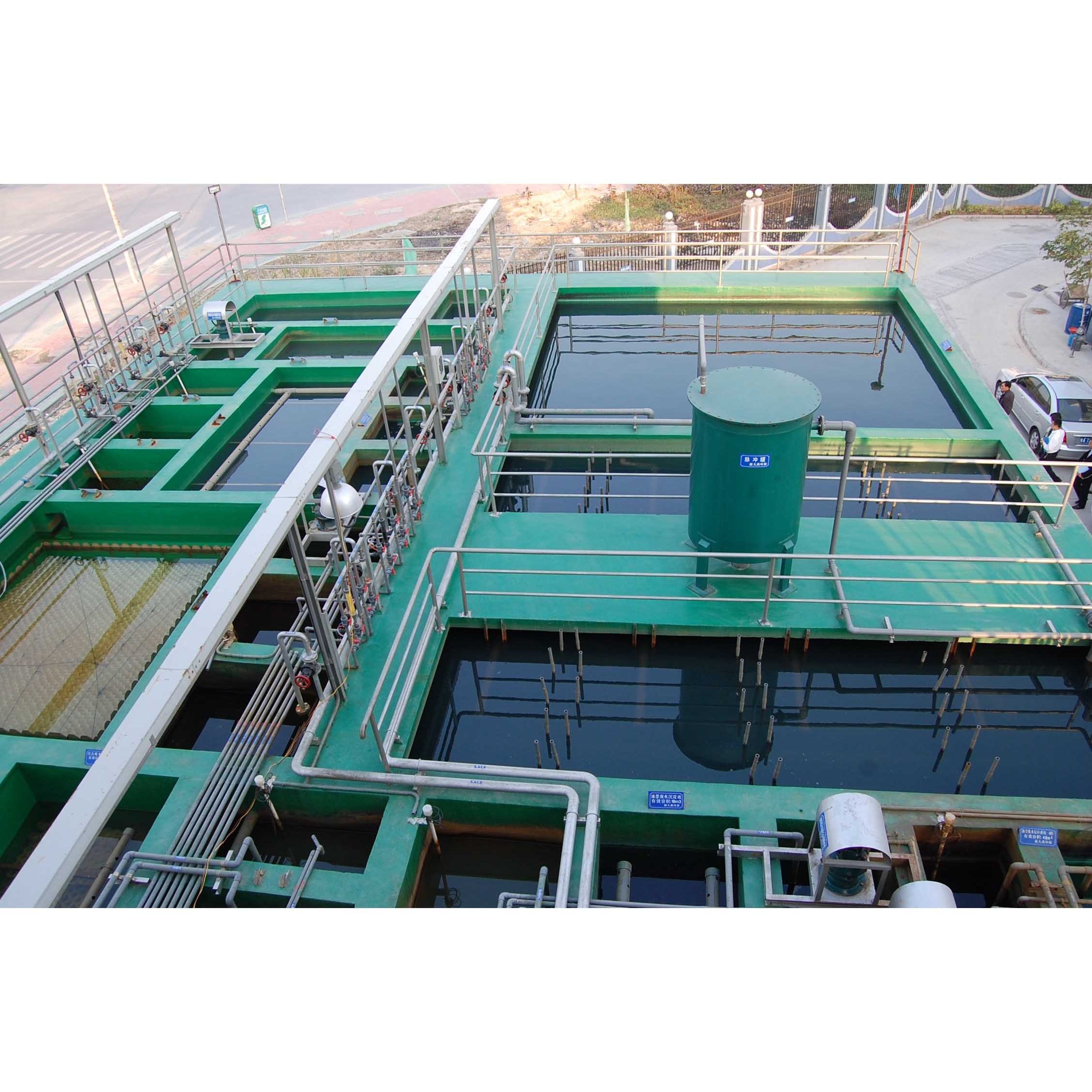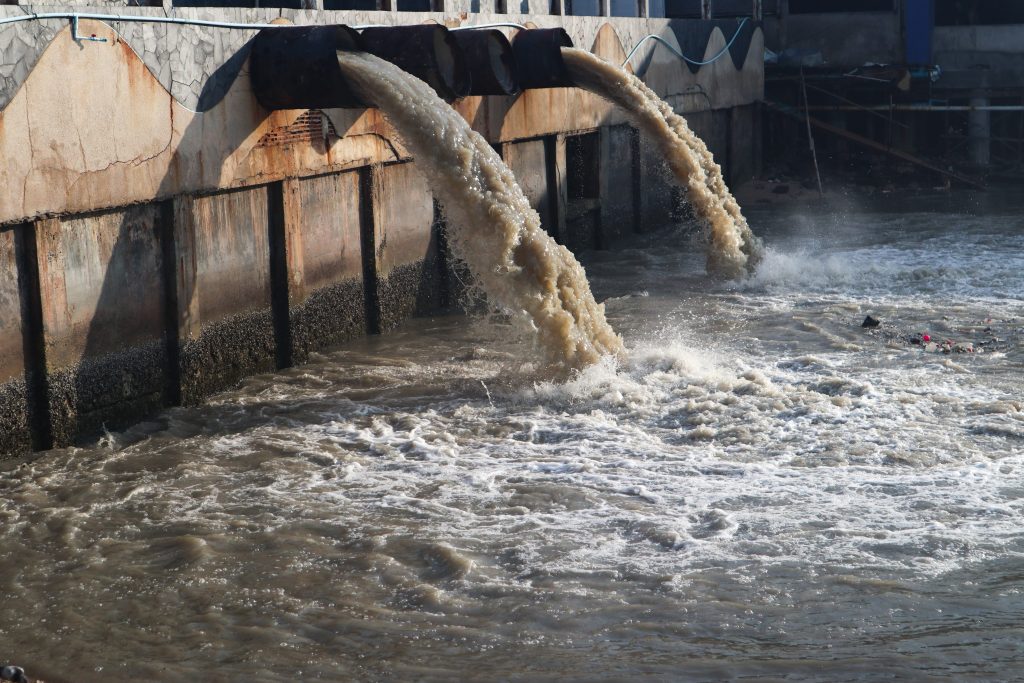Industrial Waste Water Treatment-- Advanced Solutions for Cleaner Effluents
Industrial Waste Water Treatment-- Advanced Solutions for Cleaner Effluents
Blog Article
Developments and Developments in Hazardous Waste Water Therapy Technologies
The landscape of industrial wastewater therapy is going through a transformative change, driven by developments that enhance both performance and sustainability. Emerging modern technologies, such as membrane bioreactors and microbial gas cells, are redefining pollutant elimination procedures while contributing to power generation. Source healing approaches are acquiring traction, straightening with round economic climate concepts. As regulative standards progress, the integration of AI and artificial intelligence right into wastewater management systems promises to make certain and streamline procedures compliance. The complete effects of these advancements raise critical concerns about their scalability and lasting impact on market practices.
Introduction of Drainage Therapy Technologies
Wastewater therapy innovations encompass a series of methods designed to remove contaminants from commercial effluents before their release into the atmosphere. These innovations are important for preserving environmental equilibrium and making certain compliance with environmental guidelines. The main classifications of wastewater therapy include physical, chemical, and organic methods, each serving distinct purposes based on the nature of the pollutants present.

Organic therapy approaches use bacteria to break down organic issue, making them specifically efficient for organic-rich effluents. Techniques like turned on sludge and biofilm activators harness the natural deterioration abilities of microorganisms, resulting in considerable reductions in biochemical oxygen need (BOD)
Advanced Filtration Strategies
Advanced purification methods stand for a vital evolution in the realm of commercial wastewater therapy, enhancing the effectiveness of pollutant removal procedures. Industrial Waste Water Treatment. These approaches include an array of modern technologies, consisting of microfiltration, ultrafiltration, nanofiltration, and turn around osmosis, which supply consecutive barriers for numerous fragment dimensions and chemical structures
Microfiltration and ultrafiltration use membrane systems to get rid of suspended solids, microorganisms, and bigger natural molecules, enhancing the top quality of effluent before additional therapy. Nanofiltration connects the space in between ultrafiltration and turn around osmosis, efficiently removing organic substances and divalent ions, thus reducing the tons on downstream procedures.
Reverse osmosis supplies the highest degree of purification by permitting only water and little particles to travel through its semi-permeable membrane layers, making it perfect for recovering high-grade water from commercial effluents. Recent improvements in membrane layer modern technology, consisting of the growth of more durable and fouling-resistant products, have dramatically improved functional efficiency and lowered prices.
Integrating these sophisticated purification strategies not only boosts the general treatment process however also adds to sustainability initiatives by making it possible for water reuse and source healing in commercial settings. (Industrial Waste Water Treatment)
Biological Treatment Developments

In addition, the development of crafted organic systems, such as membrane bioreactors (MBRs), incorporates organic treatment with sophisticated membrane filtering. This integration enables for higher effluent quality and minimized footprint, making it appropriate for space-constrained commercial centers. Advancements in genetically crafted bacteria have additionally arised, enhancing the biodegradation of particular pollutants, such as pharmaceuticals and hefty metals, that are commonly testing to remove.
In addition, the implementation of bioaugmentation methods, where go now advantageous microbes are presented to boost the existing organic treatment procedures, has actually shown encouraging lead to enhancing treatment performance. These developments collectively signify a fad towards more sustainable and reliable biological therapy approaches that can adapt to the advancing complexities of industrial wastewater streams. As markets remain to prioritize ecological compliance, these organic advancements will play a vital function in wastewater management.

Resource Recuperation Approaches
In industrial setups, the assimilation of source recovery methods has actually come to be significantly essential for boosting sustainability and minimizing waste. These techniques concentrate on drawing out beneficial materials and energy from wastewater streams, thus transforming potential toxins right into reusable sources.
One popular approach is nutrient recovery, where nitrogen and phosphorus, often present over in wastewater, are recorded and exchanged plant foods. This not only decreases ecological effects however additionally supplies a circular economic climate solution visit site for agricultural applications. In addition, technologies such as anaerobic food digestion enable the conversion of organic waste right into biogas, a renewable resource resource that can offset nonrenewable fuel source use in commercial procedures.
In addition, advanced filtering and membrane layer modern technologies help with the healing of industrial by-products such as salts and steels. These recouped materials can be reintegrated into manufacturing processes, minimizing the demand for virgin resources.
Future Trends in Drainage Monitoring
As markets progressively focus on sustainability, the future of wastewater administration is established to undergo considerable makeovers. Technological innovations, such as fabricated knowledge and equipment understanding, will allow a lot more reliable surveillance and management of wastewater systems. These modern technologies can forecast maintenance requirements, optimize treatment procedures, and boost decision-making, inevitably lowering operational costs and ecological impact.
Furthermore, the integration of round economic climate principles will play a critical function in wastewater management. Industries are expected to shift in the direction of systems that not only deal with wastewater yet likewise recuperate valuable resources, such as nutrients, water, and power. next This shift will lessen waste and promote the reuse of products, straightening with worldwide sustainability goals.
Emerging therapy techniques, such as membrane layer bioreactors and progressed oxidation procedures, will even more boost the effectiveness of wastewater therapy, permitting for better effluents appropriate for reuse. In addition, governing structures are likely to progress, emphasizing stricter criteria for wastewater discharge and motivating markets to adopt ingenious therapy remedies.
Verdict
In verdict, the development of industrial wastewater therapy modern technologies demonstrates a considerable change towards improved effectiveness and sustainability (Industrial Waste Water Treatment). Advancements in advanced purification methods, organic therapies, and source recovery approaches highlight the industry's dedication to environmental stewardship.
The landscape of industrial wastewater treatment is undertaking a transformative shift, driven by advancements that improve both efficiency and sustainability.Wastewater treatment technologies incorporate an array of approaches designed to get rid of pollutants from commercial effluents before their release into the environment.Taking advantage of the power of organic procedures has actually led to substantial technologies in the treatment of commercial wastewater.In addition, the application of bioaugmentation strategies, where advantageous microorganisms are introduced to enhance the existing organic treatment processes, has actually shown encouraging outcomes in boosting treatment efficiency. These technologies collectively indicate a trend in the direction of more efficient and lasting organic treatment methods that can adapt to the developing intricacies of industrial wastewater streams.
Report this page